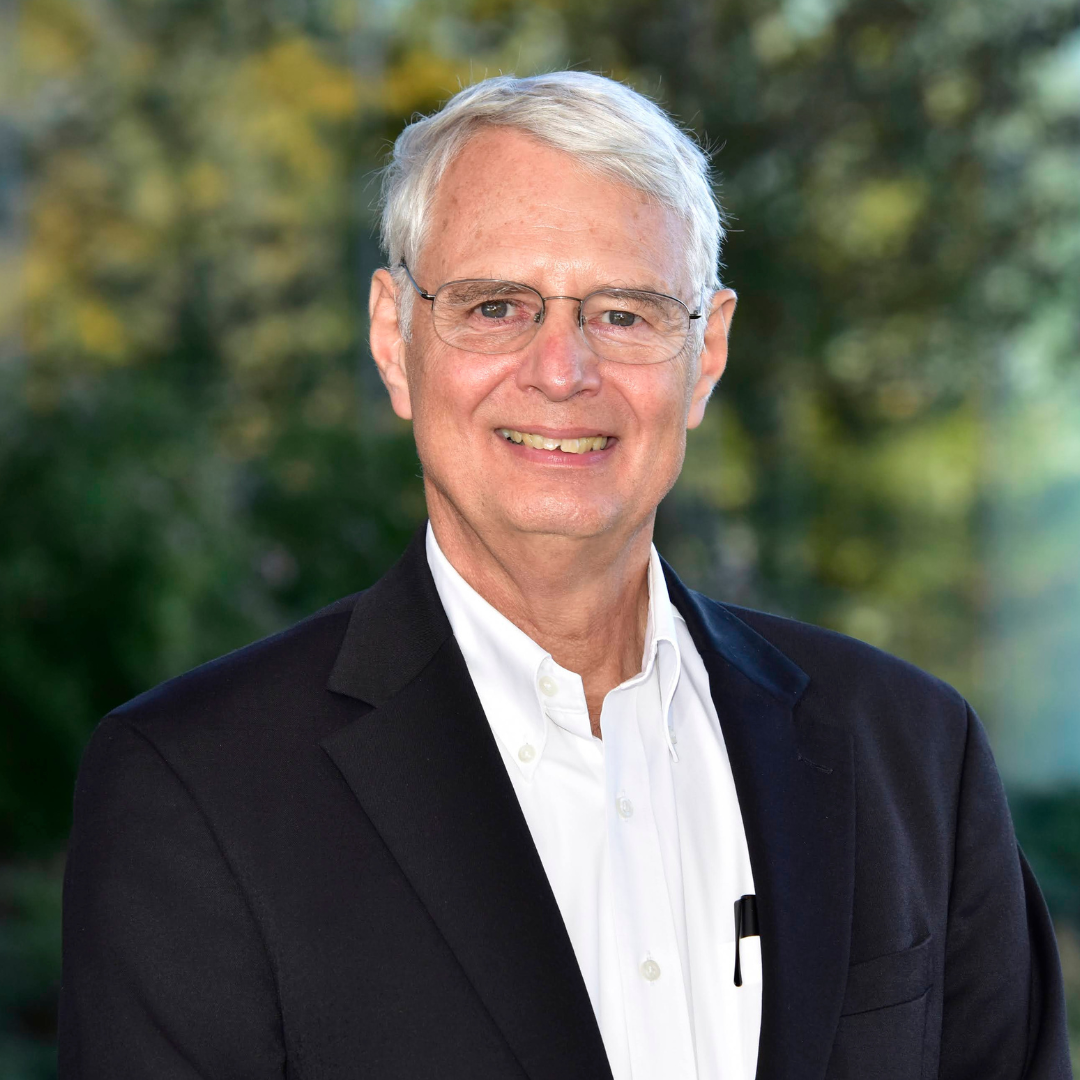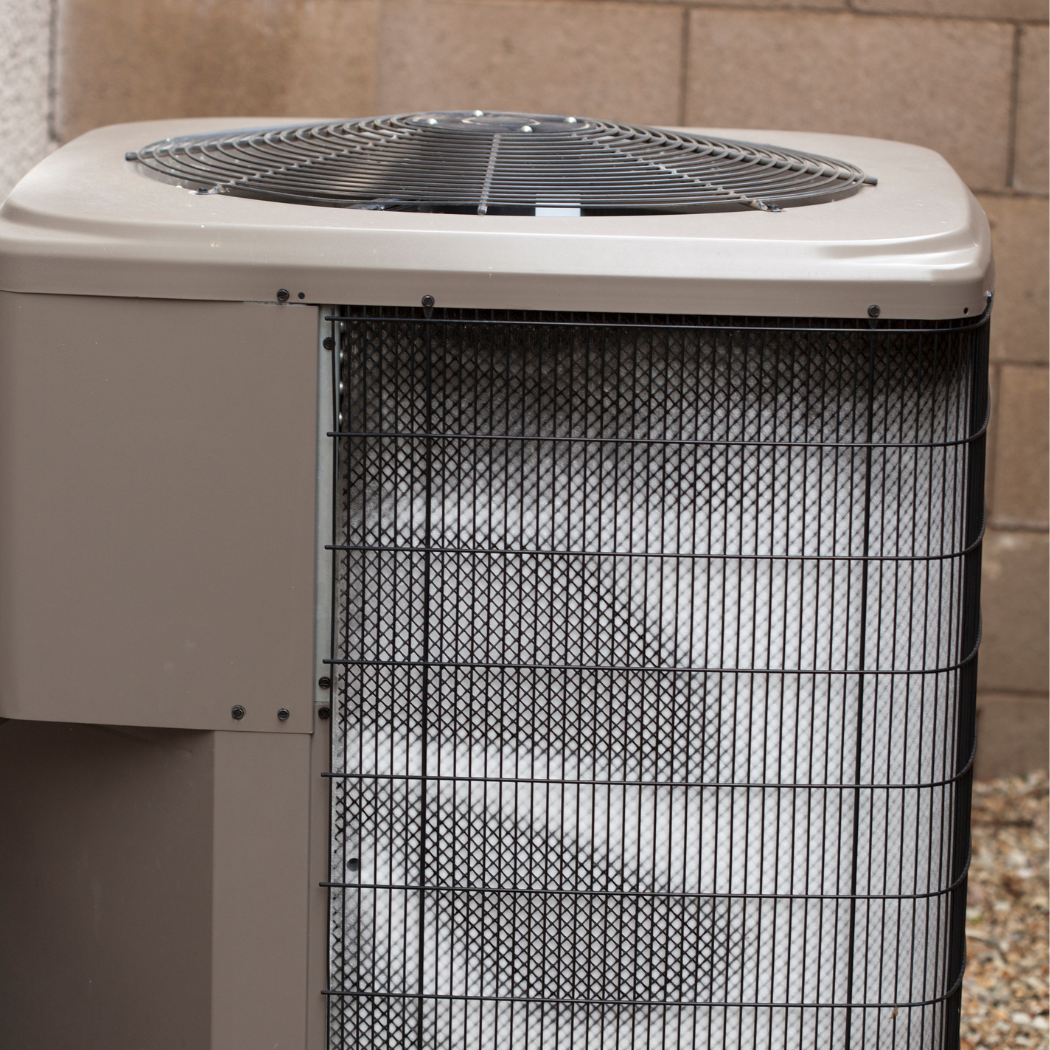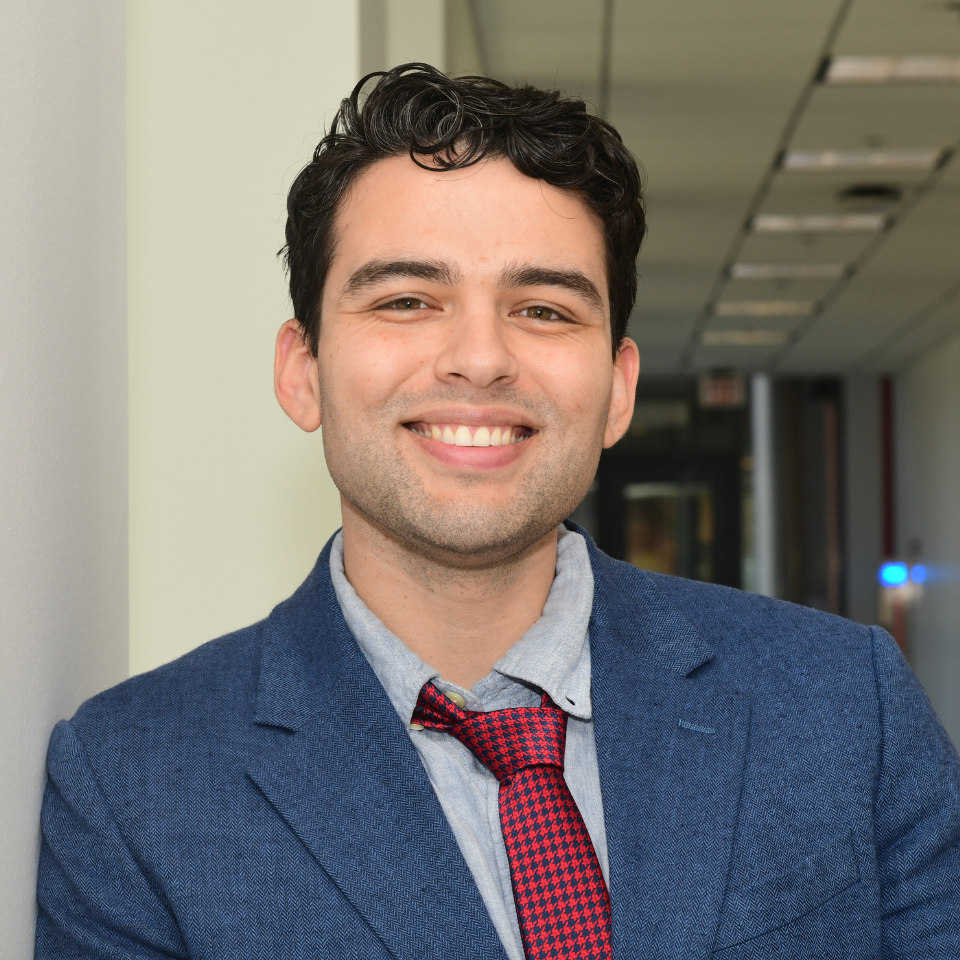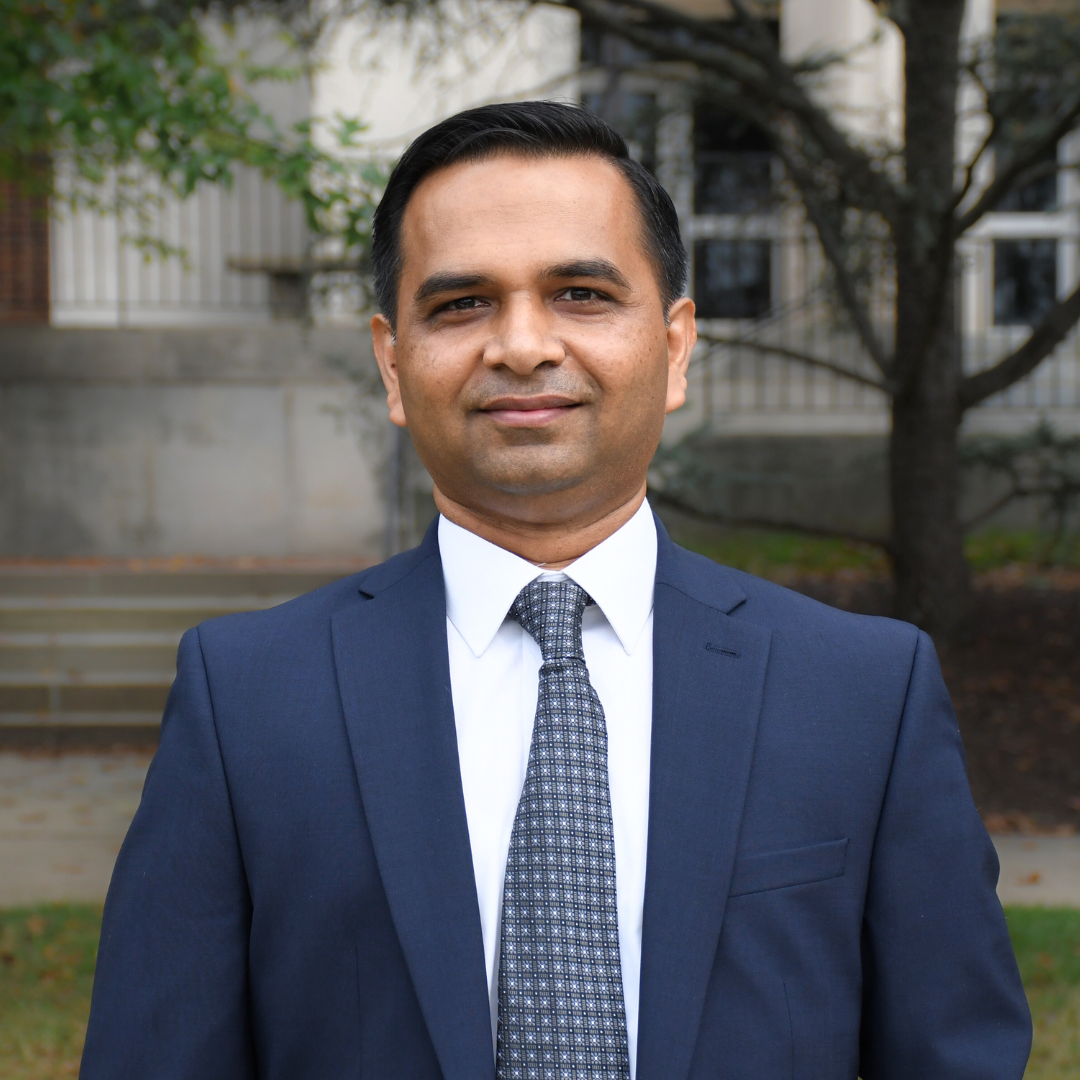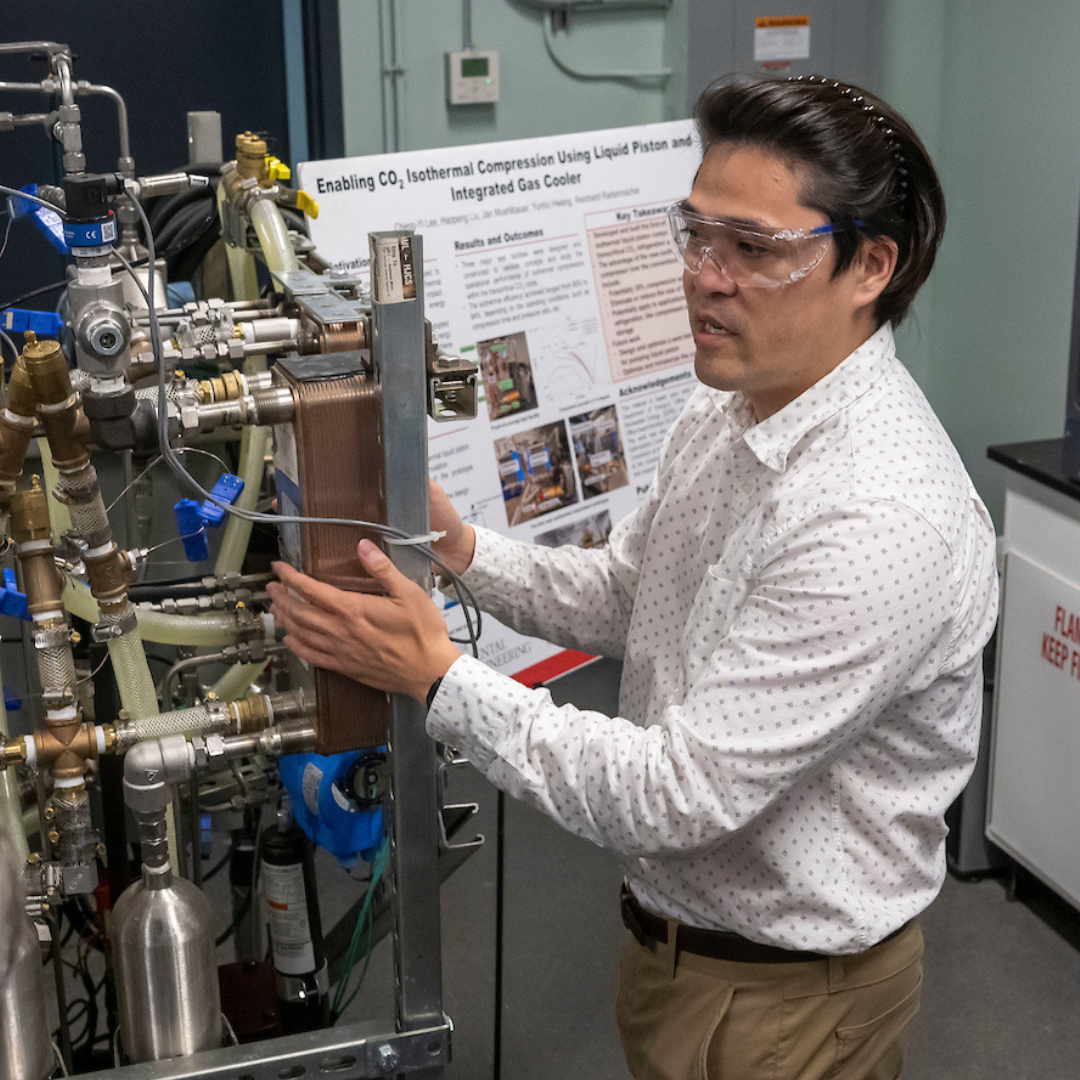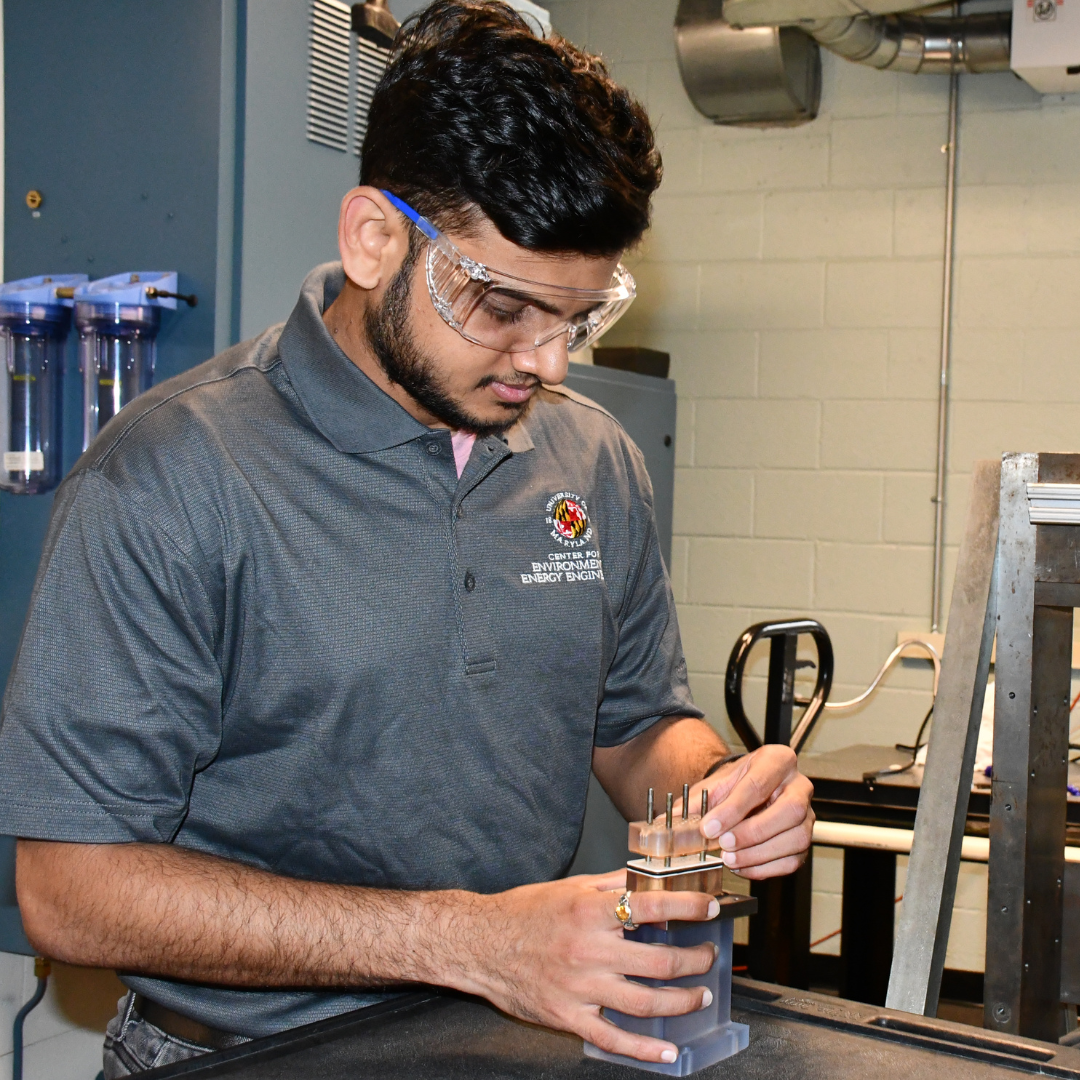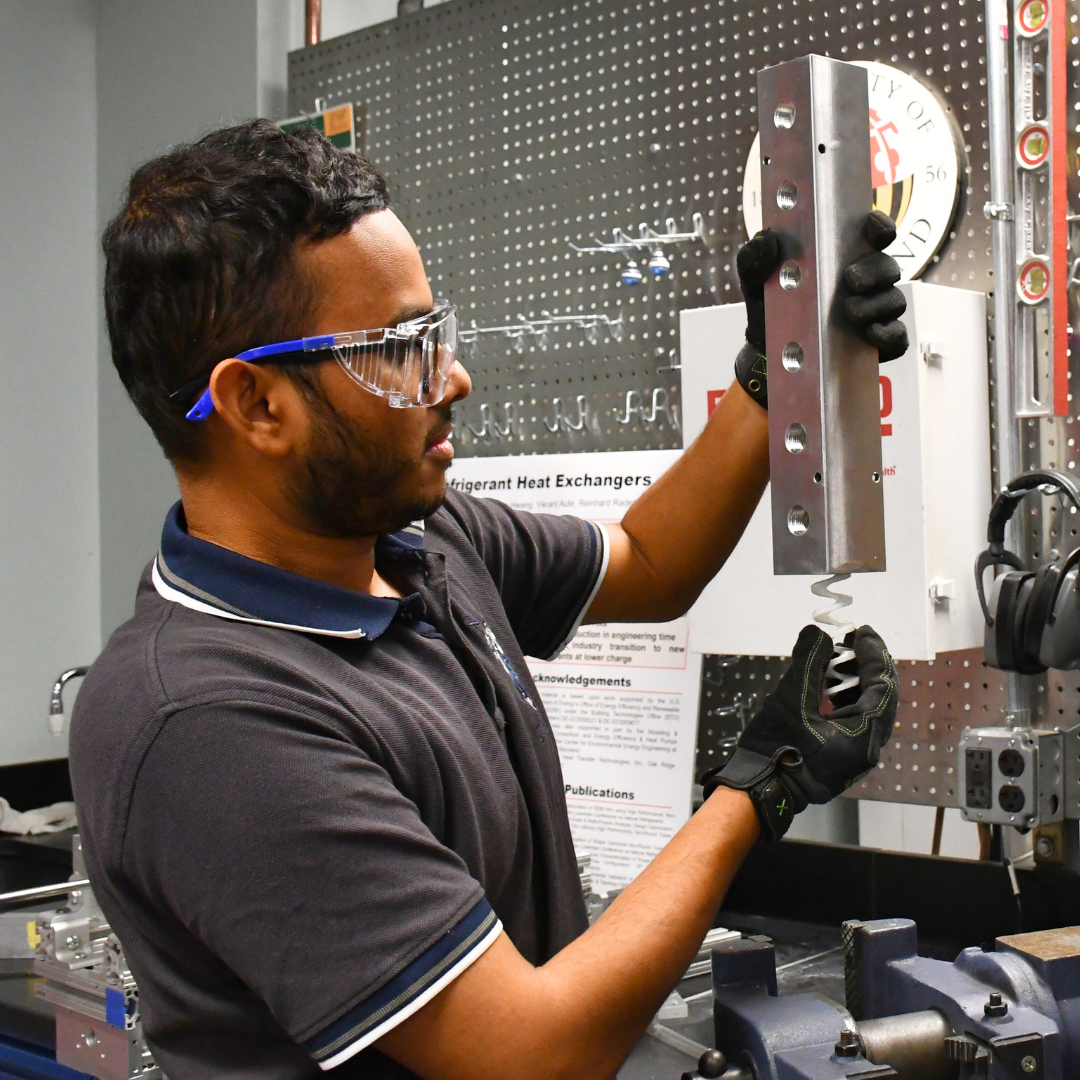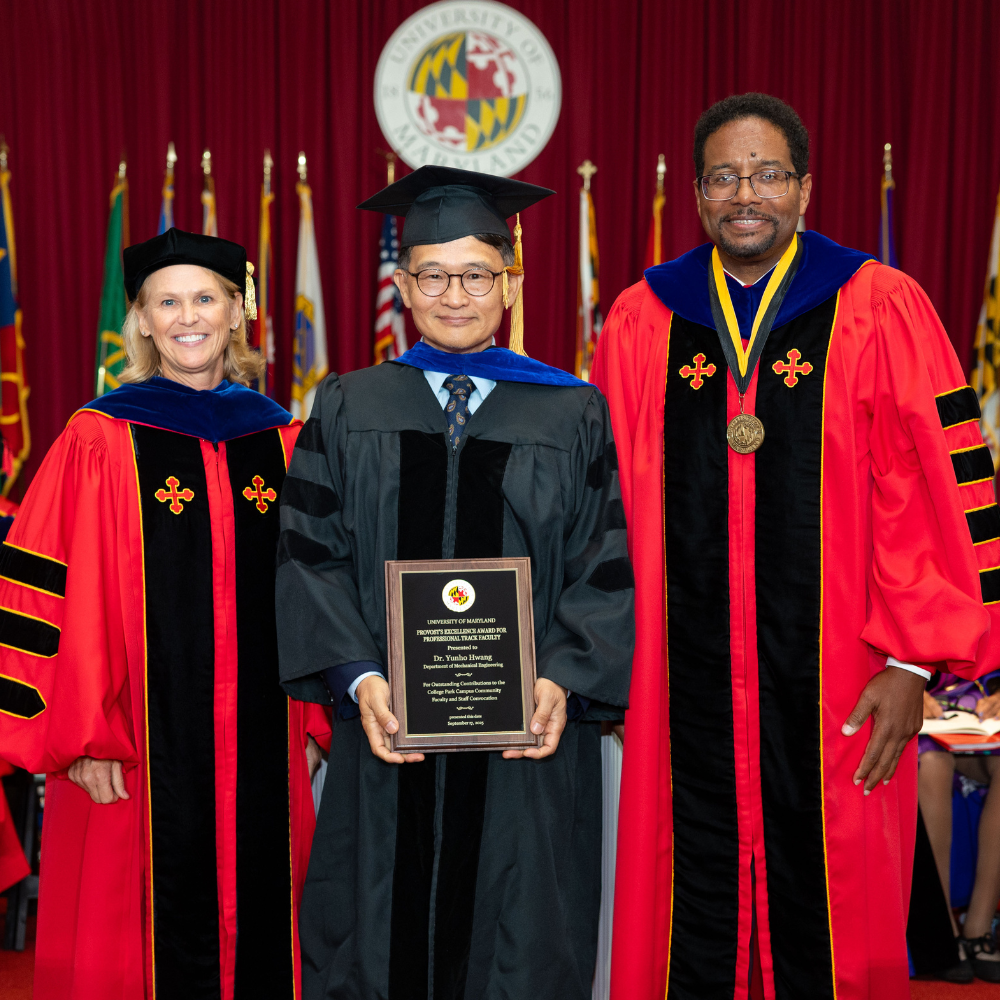News Story
Director Editorial: Global vs Local Hazards
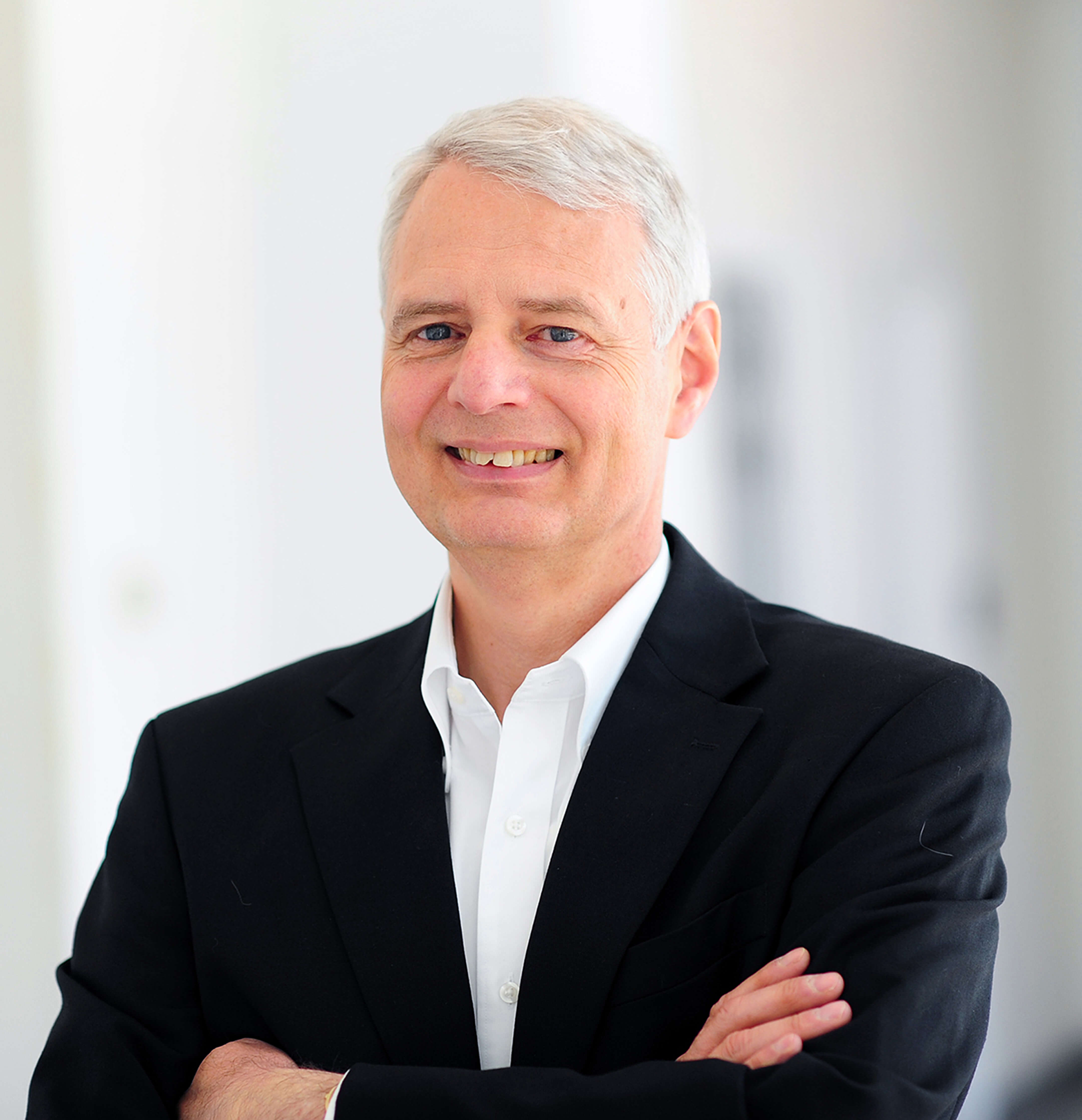
by CEEE Director Reinhard Radermacher
Selecting the new best refrigerant, the final ideal choice, is a never-ending challenge, a moving target. In addition, we are forced to develop and institute safety measures such as leak sensors and minimize charge to an ever-greater extent and still meet cost and performance requirements. And at the end secondary loops may be required after all is said and done. This is a huge effort. In the process, this effort distracts manufacturers and the entire heat pump R&D community from important tasks that ultimately would be much more productive: minimizing weight, volume and manufacturing effort for ever simpler but better performing and better integrated equipment.
In the meantime, we may be missing an important point: climate change and environmental impact are still caused to some degree by the latest commercial refrigerant proposals and affect every human being and every living being on the planet. In short, the entire web of life as we know it is affected. There is no protection. On the other hand, so-called natural refrigerants pose local dangers such as flammability and toxicity. Any accident will be inherently local, will never affect the web of life globally. As humanity, we have learned a lot about living with and managing local risks, -never give them a second thought- from invisible electricity to many gallons of highly combustible liquids in our houses (the car in the garage) and pressurized propane cylinders right next to them, just to name a few.
Finally, much of the research effort making man-made refrigerants more acceptable, also facilitates natural refrigerants: sensors and charge minimization are just two examples. So why not go through one final change and be done with it? And of course, we must address any risks to the very best of our ability.
And then there is water, possibly the ultimate natural refrigerant choice, often considered as refrigerant, but so far not quite a breakthrough. Vacuum operation coupled with the large pressure ratio that comes with the very desirable high latent heat pose challenges yet to be mastered.
Published May 27, 2021
